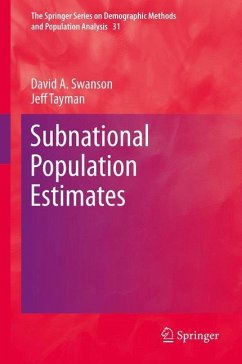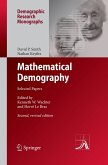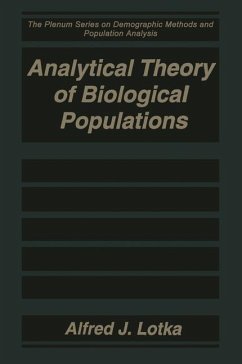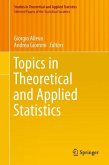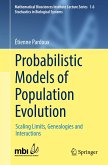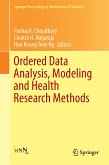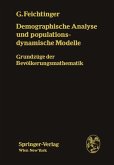Providing a unified and comprehensive treatment of the theory and techniques of sub-national population estimation, this much-needed publication does more than collate disparate source material. It examines hitherto unexplored methodological links between differing types of estimation from both the demographic and sample-survey traditions and is a self-contained primer that combines academic rigor with a wealth of real-world examples that are useful models for demographers.
Between censuses, which are expensive, administratively complex, and thus infrequent, demographers and government officials must estimate population using either demographic modeling techniques or statistical surveys that sample a fraction of residents. These estimates play a central role in vital decisions that range from funding allocations and rate-setting to education, health and housing provision. They also provide important data to companies undertaking market research. However, mastering small-area and sub-national population estimation is complicated by scattered, incomplete and outdated academic sources-an issue this volume tackles head-on. Rapidly increasing population mobility is making inter-census estimation ever more important to strategic planners. This book will make the theory and techniques involved more accessible to anyone with an interest in developing or using population estimates.
Between censuses, which are expensive, administratively complex, and thus infrequent, demographers and government officials must estimate population using either demographic modeling techniques or statistical surveys that sample a fraction of residents. These estimates play a central role in vital decisions that range from funding allocations and rate-setting to education, health and housing provision. They also provide important data to companies undertaking market research. However, mastering small-area and sub-national population estimation is complicated by scattered, incomplete and outdated academic sources-an issue this volume tackles head-on. Rapidly increasing population mobility is making inter-census estimation ever more important to strategic planners. This book will make the theory and techniques involved more accessible to anyone with an interest in developing or using population estimates.
"This book is a comprehensive source on methods of estimation, and would be especially valuable to those responsible for the production of local area population estimates in the public sector. ... this book is very current and comprehensive. It provides useful reading materials for students, statisticians, demographers, and especially those responsible for producing population estimates. The users of population estimates will also benefit from reading this book." (Ravi B. P. Verma, Canadian Studies in population, Vol. 42 (3-4), 2015)
"With the publication of this volume, for the first time a book which is both a comprehensive and rigorous scholarly work as well as a user oriented and pragmatic methodological source has become available."
Steve Murdock, Rice University, Houston, TX, USA
"With the publication of this volume, for the first time a book which is both a comprehensive and rigorous scholarly work as well as a user oriented and pragmatic methodological source has become available."
Steve Murdock, Rice University, Houston, TX, USA
"With the publication of this volume, for the first time a book which is both a comprehensive and rigorous scholarly work as well as a user oriented and pragmatic methodological source has become available." -- Steve Murdock, Rice University, Houston, TX, USA

